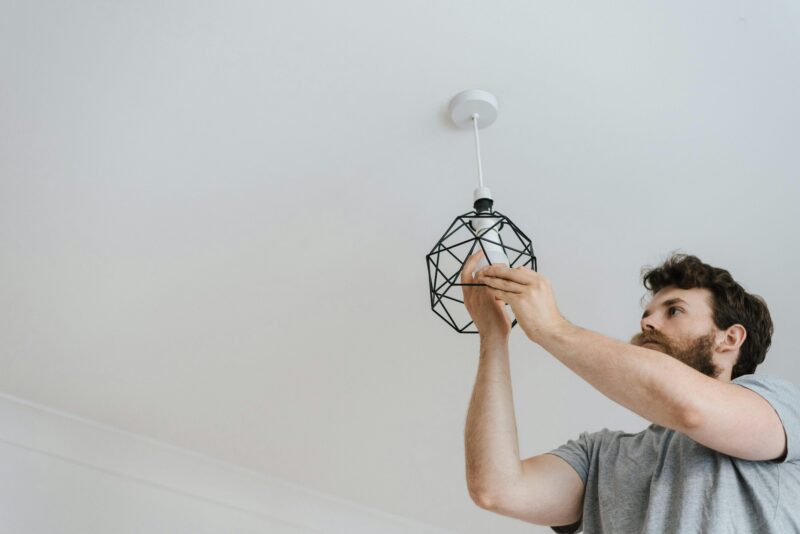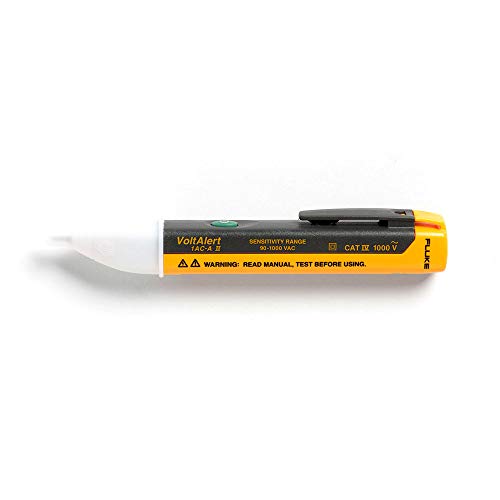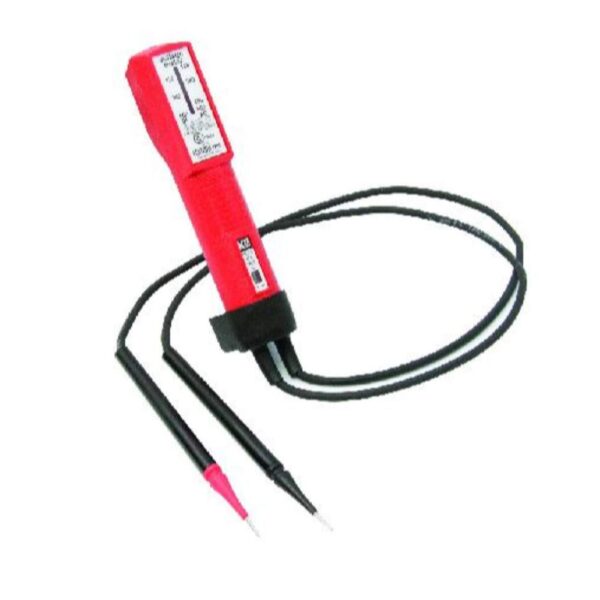Changing a light fixture may seem like an easy DIY upgrade, but have you ever wondered just how risky it could be to do it with the power still on? Spoiler alert: it’s a lot more dangerous than you might think.
When it comes to electrical work, relying on just flipping the light switch off is not enough. The hot wire (usually black) can still carry electricity even if the light is off, especially in older homes with outdated wiring. To ensure your safety, it's critical to turn off the power at the breaker panel. This eliminates the risk of accidental electric shock or someone flipping the switch on while you're working.

Handling live wires can lead to a range of serious hazards, including electric shock and potential fire risks. Improperly handled wiring can loosen connections or create short circuits. You might think you’ve got it under control, but the smallest mistake could cause severe injury or damage to your home. Working with live wires is like juggling knives—it’s just not worth the risk.
If you’re unsure whether the power is completely off, tools like a non-contact voltage tester or multimeter can help you double-check. These devices detect whether electricity is flowing to the wires, giving you peace of mind before proceeding. Think of it as an extra layer of assurance—like double-checking the lock on your front door.
Whether you’re replacing an old fixture or installing a new one, there are a few precautions to keep in mind. Here’s a quick overview:
| Step | Task | Why It’s Important |
|---|---|---|
| 1 | Turn off the breaker. | Ensures no electricity is flowing to the fixture. |
| 2 | Use a voltage tester. | Confirms the power is truly off. |
| 3 | Check all wire connections. | Prevents loose or faulty wiring, reducing risks. |
If you’re facing a complex wiring situation or dealing with an older home where electrical codes may not have been followed, it’s best to bring in a licensed electrician. Professionals have the expertise and tools to safely handle complicated installations, making it a no-brainer if you’re feeling unsure.
Do you always switch off the breaker before tackling electrical work, or have you taken the risk of working with live wires? Share your experiences in the comments below! Learn more from our recent articles.

Ensure safety while working with electrical systems using the Fluke VoltAlert Non-Contact Voltage Tester Pen. Designed to detect voltage from 90 to 1000 VAC, it offers quick and reliable testing. The compact design fits easily in your pocket, and the intuitive user interface makes it ideal for both professionals and DIY enthusiasts. A must-have tool to verify circuits and outlets before beginning any electrical project.

Ensure electrical systems are operating safely with this reliable Voltage Continuity Tester. Designed for both professionals and DIY enthusiasts, it quickly checks circuits, fuses, and wires with ease. The ergonomic red handle provides a comfortable grip, while the attached leads ensure accurate readings. Lightweight and portable, this tester is essential for any toolkit, making troubleshooting convenient and efficient.
Yes, it's essential to turn off the power at the circuit breaker before installing a new light fixture. This ensures your safety by preventing electrical shock while you work. Additionally, using a voltage tester to confirm that the power is off at the fixture can provide extra assurance.
Changing a light fixture while the power is on can result in electrical shock or damage to the fixture and wiring. This can pose serious safety hazards, risking burns, fires, or other electrical injuries. Always ensure the power is off before starting any electrical work.
To safely change a light fixture, turn off the power at the circuit breaker. Use a voltage tester to ensure no electricity is flowing to the fixture. Once confirmed, carefully remove the existing fixture and install the new one according to the manufacturer’s instructions.
You will need a voltage tester, screwdriver, and a ladder to change a light fixture. Additionally, wire strippers and electrical tape may be necessary if the wiring needs adjustment. Always follow safety precautions and manufacturer instructions.
Yes, you can change a light fixture by yourself if you follow the proper safety protocols. Ensure the power is off, and use the correct tools and guidelines. If unsure, consult an electrician to avoid any electrical hazards.
When it comes to home improvements that involve electricity, safety should always be your top priority. We've explored the dangers of changing a light fixture without cutting the power, and hopefully, this insight has illuminated the importance of taking the proper precautions. If you're a fellow DIY enthusiast eager for more home renovation tips and safety guides, we'd love for you to connect with us on Pinterest where we share inspiring project ideas. For a behind-the-scenes look at all things architecture, pop over to our Instagram page. Stay in the loop with the latest updates and join the conversation on X (formerly Twitter), or become part of our vibrant community on Facebook. We can't wait to connect with you and see what amazing projects you're up to next!

Immerse yourself in architecture’s most boundary-pushing ideas—where innovative home improvements meet visionary urban developments. Discover new building techniques, materials, and creative concepts that are redefining how we shape our spaces on a global scale.